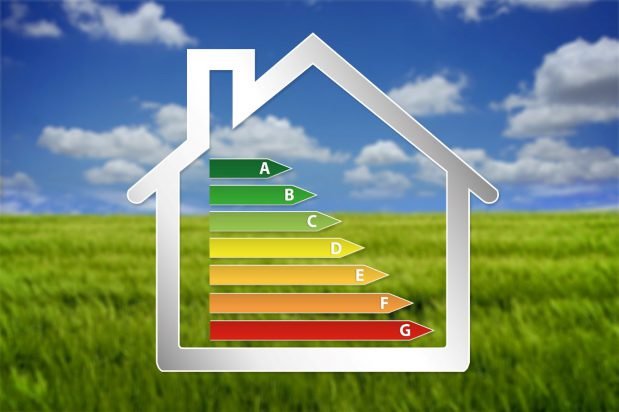Energy Performance of Buildings Directive of the European Union

In 2010, EU has established a legislative framework that includes the Energy Performance of Buildings Directive (EPBD)[1] and the Energy Efficiency Directive.
Description
Together, the directives promote policies that aim to achieve a highly energy-efficient and decarbonized building stock by 2050, create a stable environment for investment decisions, and enable consumers and businesses to make more informed choices to save energy and money. Following the introduction of energy performance rules in national building codes, buildings today consume only half as much as typical buildings from the 1980s.
As part of the “Clean energy for all Europeans” package, both directives were amended in 2018 and 2019. In particular, the 2018 amendments to EPBD[2] introduced new elements to increase building renovations which is binding for all the EU Member States, and stipulates targets, levels and deadlines for EE improvements. All the member States had to incorporate these amendments into their legal regulatory systems.
Actors involved
European Commission
Scale
EU
More information
[1] Directive 2010/31/EU of the European Parliament and of the Council of 19 May 2010 on the energy performance of buildings (https://eur-lex.europa.eu/legal-content/EN/TXT/PDF/?uri=CELEX:32010L0031&from=EN).
[2] Directive (EU) 2018/844 of the European Parliament and of the Council of 30 May 2018 amending Directive 2010/31/EU on the energy performance of buildings and Directive 2012/27/EU on energy efficiency. Available at https://eur-lex.europa.eu/legal-content/EN/TXT/PDF/?uri=CELEX:32018L0844&from=EN.

An initiative of:


